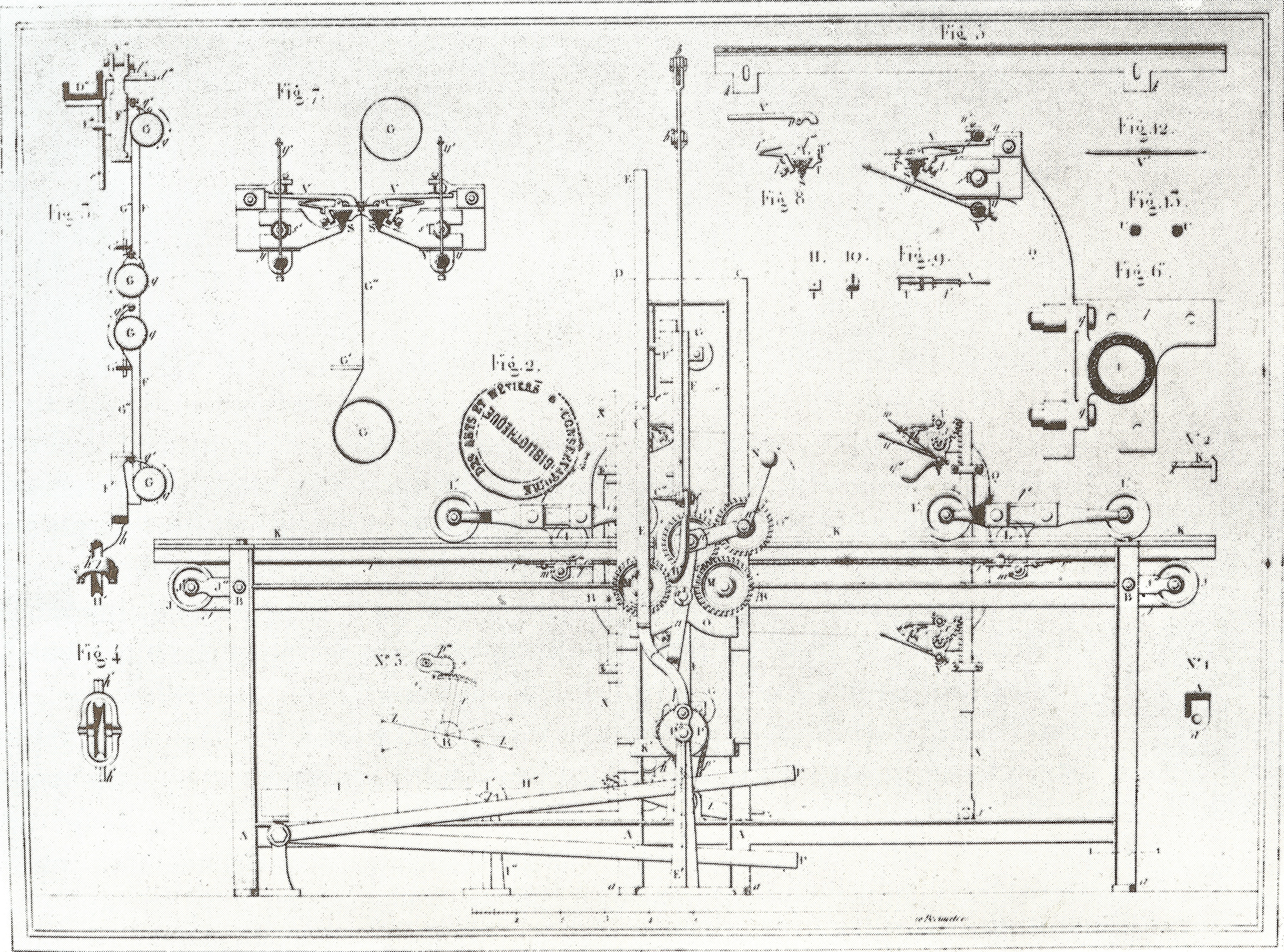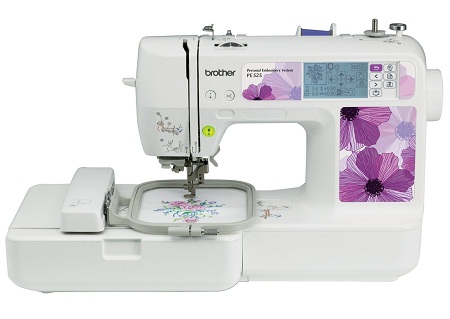The History of Embroidery

Embroidery is a craft that relies on needles, thread, and a variety of stitches to create designs on fabric. Embroidery may be a hobby, a source of income, or a necessity for bringing beauty and art into every area of the home. The skills of the crafter determine the quality of the final project, while the techniques and choice of materials make the difference between a realistic work of art and a merely functional piece. While the craft of embroidery may seem entirely new to some,the history of embroidery has led to the perfection of the craft and the improvement in tools used to create it.
Embroidery’s Primitive Roots

Primitive man relied on animal hides to craft clothing. The tools used to sew the clothing were made from ivory or bone while fibers from plants or the fibrous tissue from the animal’s flesh to make thread. Over time, the sewing technique used to hold animal skins together was transformed into a method of embellishment that implemented stones, bones, and beads into the work to make their clothing more decorative.
Prehistoric Embroidery in China
Possibly, embroidery goes back further in history in China than any other place on the planet. The practice has been dated back in that country to 3500BC with a number of impressive pieces still available today from the era of 1045BC to 246BC. One of the distinctive features of Chinese embroidery is the use of fine strands of silk thread which result in a more realistic representation of the subject matter. The use of silk thread and the variety of stitches used in this embroidery has been passed down through the generations to preserve the artistry that is still performed today. It is also important to note that many cultures including the Babylonians, Ancient Egyptians, Hebrews, and Phoenicians have a long history and their own styles of embroidery.
Embroidery Through the Middle Ages and Beyond

During the middle ages, the practice of embroidery grew rapidly. Wealthy traders and merchants would pay high prices for embroidered clothing, considering it a luxury. During the Renaissance Period, embroidery was no longer used primarily for clothing but also to decorate tapestries, curtains, and other household linens.
The Age of Enlightenment
Following the Renaissance, the Age of Enlightenment brought with it a number of changes in how women dressed, particularly the focus on the color yellow. Clothing styles transformed from wide skirts and back pleats to neater, close robes with fitted pleats. Chinoiserie, the use of Chinese motifs and embroidery techniques, became popular and was used in the design of elaborate clothing. Men’s clothing remained in the previous styles of waistcoats and breeches, but with the addition of elaborately embroidered dress fabrics, specifically silks and velvets.
The Introduction of the Embroidery Machine
Jacob Schiess started the first commercial embroidery manufacturing business in America in 1848 soon after coming to this country from Switzerland. Unlike today’s industrial embroidery businesses which rely on high-tech computerized embroidery machines, the facility operated with fifteen women who stitched by hand to create intricate designs.

Machine embroidery was introduced to America in the 1800’s when Joshua Heilmann designed a hand embroidery machine that is credited more for revolutionizing the industry than for the sales it inspired. The invention was soon followed by more modern embroidery methods, such as chain stitch embroidery and the shuttle method.
During the late 1800s, Issac Groebli of Switzerland is credited with inventing the first Schiffli (German for “Little Boat”) embroidery machine. He based the design on the principals used in the new sewing machine, utilizing a continuously threaded needle with the shuttle which contained a bobbin. The name of the Schiffli came from the shuttle’s resemblance to the hull of a boat.
When Dr. Robert Reiner recognized the need for industrial embroidery machines in America in 1903, he secured a position as the American agent for Vogtlandishe Machine Works in Plauen, Germany. Reiner started importing embroidery machines to Hudson County, New Jersey which continued until 1938 when the company in Germany stopped production because of WWII. In 1953, Reiner introduced the first Schiffli machine made in America.
Modern Embroidery
Today, embroidery continues to be a popular craft that is sometimes collected for its beauty and uniqueness. Both hand embroidery and machine embroidery are popular, depending on the specific goals of the crafter. Many prefer the uniqueness of hand embroidery when the craft is done for pleasure whereas embroidery machines are the obvious choice for any degree of commercial use.

The diversity of cultures in America has brought an influx of embroidery techniques to the country that give embroiderers more option for attaining a broad range of results. High quality threads and needles facilitate the creation of beautiful works of art that compare to the beauty of those kept from centuries past.
Most of today’s embroidery machines are connected with a computer to download and digitize embroidery designs that the machine will then translate onto fabric. There are thousands of designs available online that can be edited and used repeatedly to produce identical or varying designs. The ease and diversity of use have resulted in a growing number of home and small businesses that offer embroidery of different types of items.
Embroidery has been a decorative method for nearly as long as people have made clothes to put it on. It has also been used to record history and to symbolize important events throughout the times. For many, it continues to be an artistic form of expression that is just as decorative and beautiful as it is functional.

